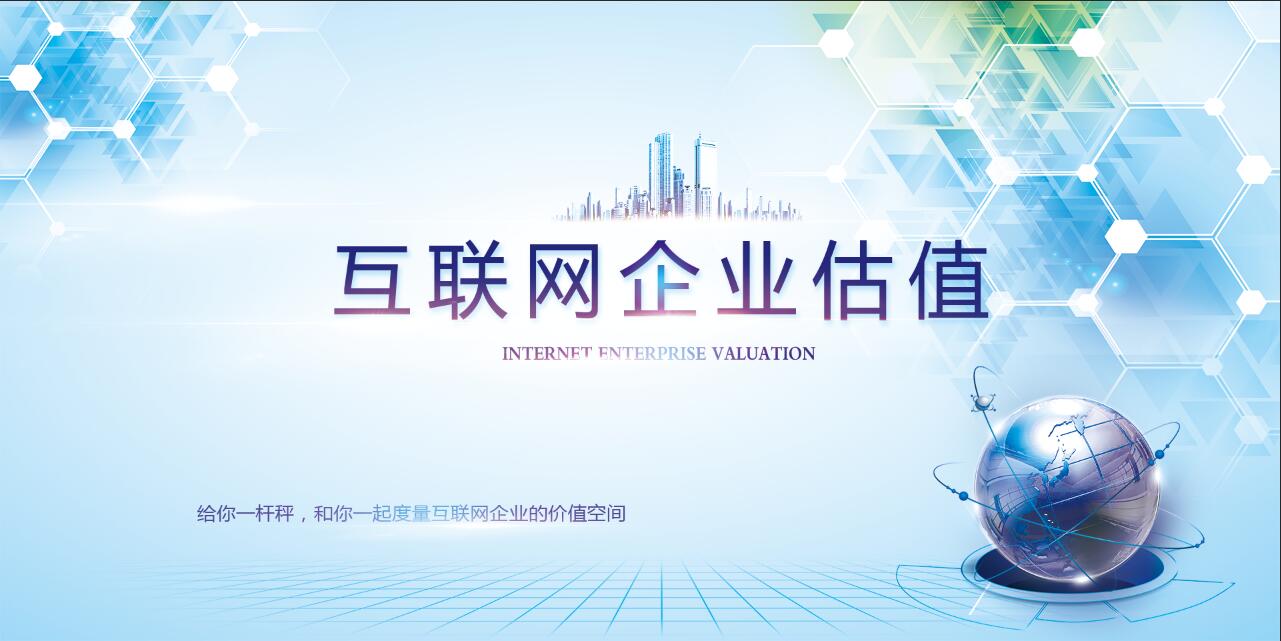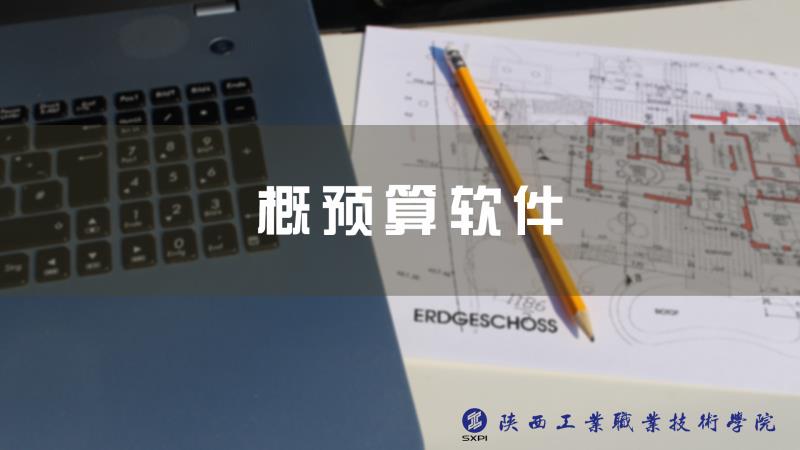
当前课程知识点:互联网企业估值 > 第三章 企业价值评估的基本方法 > 3.4蒙特卡洛仿真模拟 > Video
我们前面已经了解到了
We have already learned some of
企业价值评估主要的一些方法
the main methods of enterprise value evaluation,
包括市场法、收益法
including market law and income method
但是互联网企业它具有一些很突出的一些特点
But Internet companies have some outstanding features,
它的价值的影响因素具有高度的不确定性
and the value of influence factors are highly uncertain
这些不确定因素也使得它的预期现金流、
These uncertainties also make uncertainties
资本的成本 收益期限等关键的参数
in key parameters such as expected cash flow,
具有不确定性
cost of capital and maturity of earnings
最终也使得评估的结果
Ultimately, the results of the evaluation
也具有复杂的不确定的形式
also have complex and uncertain forms
那么为了解决这样的一个问题
In order to solve such a problem,
蒙特卡洛仿真模拟就给我们
Monte Carlo simulation provides us
提供了一种很好的技术方法
with a good technical method
蒙特卡洛仿真模拟
Monte Carlo simulation
不仅在我们资产评估领域有广泛的应用
not only has a wide range of applications in asset evaluation field,
在计算机科学、
but also has a wide range of applications in computer science,
自动化等领域也有广泛的应用
automation and other fields
蒙特卡洛仿真模拟解决的一般的问题
The general problem solved by Monte Carlo simulation
其实就是一个不确定性传播的一个问题
is actually a problem of uncertainty propagation
我们可以看下面这个图
We can look at the picture below
这个图中间
In the middle of the picture,
我们看左边有很多的输入变量
there are a lot of input variables on the left side,
每一个输入变量
and each input variable is subject to
都服从一定的这个概率分布
a certain probability distribution
中间这个框代表一个系统或者一个模型
The middle box represents a system or a model
有时候我们也可以用一个函数把它写出来
Sometimes we can also write it out with a function,
但是我们感兴趣的是它的输出
but what we are interested in is its output
当输入变量是随机的时候
When the input variable is random,
输出变量本质上也是一个随机变量
the output variable is essentially a random variable
回到我们刚才讲的
Going back to the question of the value evaluation
互联网企业价值评估的这个问题
of Internet companies we just talked about
当互联网企业它的收益
When the Internet company's income
是服从随机分布的时候
is subject to random distribution,
它的折现率是服从随机分布
its discount rate is subject to random distribution
还有很多其他的参数
There are many other parameters
我们的评估结果也应该是一个随机变量
The evaluation results should also be a random variable
那我们的评估结果
Then what kind of probability distribution
应该服从一个什么样的概率分布呢
should our evaluation result obey
这一个问题就可以采用蒙特卡洛仿真模拟来解决
This problem can be solved by Monte Carlo simulation
基本的思路是这样的
The basic idea is this
首先我们要通过这个历史数据分析
First, we need to determine the probability distribution
确定每个关键参数的概率分布
of each key parameter through historical data analysis
然后再采用随机模拟抽样
Then using random simulation sampling
每次从不确定参数的分布中
to extract a value from
提取一个值
the distribution of uncertain parameters each time,
计算出一个确定的评估结果
and calculate a certain evaluation result
把这样的一个过程进行不断地重复
By repeating such a process,
我们就可以计算每一个结果出现的频数
we can calculate the frequency of each result
最终得到输出变量
Finally, we get the output variable
也就是我们这里的企业价值它的概率分布
which is the probability distribution of enterprise value
这个右边这个图代表了
The diagram on the right represents
蒙特卡洛仿真模拟它的输出结果
the output of the Monte Carlo simulation
这样的一个图
How is such a picture different from
和我们传统的资产评估结果有什么不同
our traditional asset evaluation results
这个是很明显的
This is very obvious
传统的评估结果
About traditional evaluation results,
我们只是给出了这个资产的固定的一个单点值
we just give a single point value of the asset
但是我们这里是给出了一个概率分布
But here we give a probability distribution,
那么这个概率分布
we can calculate the mean, variance,
我们就可以去计算它的均值、它的方差、它的置信区间
confidence interval of this probability distribution
这里每一个参数对于我们促成资产的交易
Every parameter here plays an important role
都具有重要的作用
in our trading of assets
比如说这个均值
For example, this mean is the value of
它是代表在正常情况下面企业价值是多少
the company under normal circumstances
方差代表这个企业价值
The variance represents the value of the business,
它的波动 它面临的这个风险有多大
its volatility, how much risk it faces,
那么这个结果对于交易来说就非常重要
and the result is very important for the transaction
我们就可以了解到这个风险是多大
We can understand how big this risk is
我们也可以去计算这个评估结果
We can also calculate the result of this assessment,
他的置信区间是多少
and what is his confidence interval
那么置信区间就给出了
So what is the upper bound of the enterprise value
企业价值评估的上界是多少
evaluation given by the confidence interval
他的下界是多少
What is his lower bound
那么资产评估的结果就给买卖双方的交易
Then the results of the asset evaluation provide very
提供了非常有价值的一些信息
valuable information for the buyers and sellers’ transactions
我们在了解了这个蒙特卡洛仿真模拟的
After understanding the basic principles
基本原理以后
of Monte Carlo simulation,
我们再来总结性的归纳一下
we summarize the four steps
蒙特卡洛仿真模拟的四个步骤
of Monte Carlo simulation
第一步就是我们要确定概率变量
The first step is to determine the probability variable
就是哪些输入变量是随机的
Which input variables are random
哪些参数我们是采用一些随机的一些变量
Which parameters we use some random variables
哪些参数是非随机的
Which parameters are non-random
要进行一个分类
To make a classification
那么第二步就是
The second step is to define a specific probability
要为这些概率变量去定义具体的概率分布
distribution for these probability variables
哪些变量是服从这个正态分布
Which variables are subject to this normal distribution
哪些变量服从均匀分布
Which variables are subject to uniform distribution
或者其他的更加复杂的一些分布
Or other more complex distributions
第二个步骤是我们进行蒙特卡洛仿真模拟一个关键步骤
The second step is a key step in our Monte Carlo simulation
因为有时候即使知道
Because sometimes even if we know that
根据历史数据
we can find the corresponding probability distribution
能够找到相应的概率分布
based on historical data
这个概率分布并不一定代表
this probability distribution does not necessarily represent
未来这个相应变量
the probability distribution of the corresponding variable
或者参数的概率分布
or parameter in the future
第三步我们可能还需要
In the third step, we may also need to
检测变量的相关性
detect the correlation of variables
有一些相关性太强的这些变量
There are some variables that are too relevant,
我们要进行适当的精简
we have to do the appropriate streamlining
第四步就是一个计算机模拟的一个过程
The fourth step is a process of computer simulation,
就是重复的去抽样
Which is to generate some random number calculation
生成一些随机数计算模拟的结果
simulation results by repeated sampling
蒙特卡洛仿真模拟我们学习了以后
After we studied Monte Carlo simulation,
也给大家留了一个课后作业
we left a homework for everyone
我们评估某个互联网企业
We evaluate an Internet company and forecast
我们预测了未来三年每年的净利润
the annual net profit for the next three years
我们知道第四年、第五年我们也知道
We know the fourth and fifth years
五年以后
Five years later,
那我们首先要用传统的收益法
we must first use the traditional income method
去评估这个企业的价值
to evaluate the value of this enterprise
然后大家再用这个蒙特卡洛仿真模拟去评估
Then everyone uses Monte Carlo simulation to evaluate
当它的五年以后
When five years later,
它的利润服从均匀分布的时候
when its profits are subject to uniform distribution,
看这个企业价值
look at the value of this enterprise,
它的概率分布是什么样
what is its probability distribution
大家把这个概率分布图做出来
Everyone need to make this probability map out
好 谢谢大家
Well, thank you
这一章我就给大家讲到这里
End of this chapter
-开篇:课程团队介绍
--Video
-1.1理解互联网时代
--Video
--Video
-1.2识别互联网企业
--Video
-1.3中外互联网企业估值的比较
--Video
-1.4阿里巴巴IPO估值
--Video
-1.5谷歌公司IPO估值
--Video
-1.6互联网企业估值的新问题
--Video
-习题--作业
-2.1互联网企业的本质特征
--Video
-2.2互联网企业的估值原理
--Video
-2.3互联网企业的生命周期
--Video
-2.4互联网企业的价值源泉
--Video
-习题--作业
-3.1企业价值评估的一般方法
--Video
-3.2相对估值法:市场比较法
--Video
-3.3.1绝对估值法:预期现金流折现法
--Video
-3.3.2公式的给出收益额与收益期限的求解
--Video
-3.3.3折现率的选取
--Video
-3.4蒙特卡洛仿真模拟
--Video
-3.5 B-S期权定价法
--Video
-3.6 Fama-French三因子模型
--Video
-3.7 企业价值评估方法的注意事项
--Video
-习题--作业
-4.1互联网企业的分类
--Video
--Video
-4.2互联网企业估值典型案例一
--Video
-4.3互联网企业估值典型案例二
--Video
-4.4互联网企业估值典型案例三
--Video
-4.5互联网企业估值的方法选择
--Video
-习题--作业
-5.1独角兽企业的分类和分布
--Video
-5.2独角兽企业估值的难点一
--Video
-5.3独角兽企业估值的难点二
--Video
-5.4独角兽企业估值方法
--Video
-5.5.1成长期估值
--Video
-5.5.2成熟期估值
--Video
-5.6中国独角兽企业回归及估值问题
--Video
-习题--作业
-6.1.1创业股东价值演变与评估(一)
--Video
-6.1.2创业股东价值演变与评估(二)
--Video
-6.2.1企业内在价值与定期重估(一)
--Video
-6.2.2企业内在价值与定期重估(二)
--Video
-6.3创业板无形资产评价指数
--Video
-6.4创业板互联网板块的简评
--Video
-习题--作业
-习题--作业






